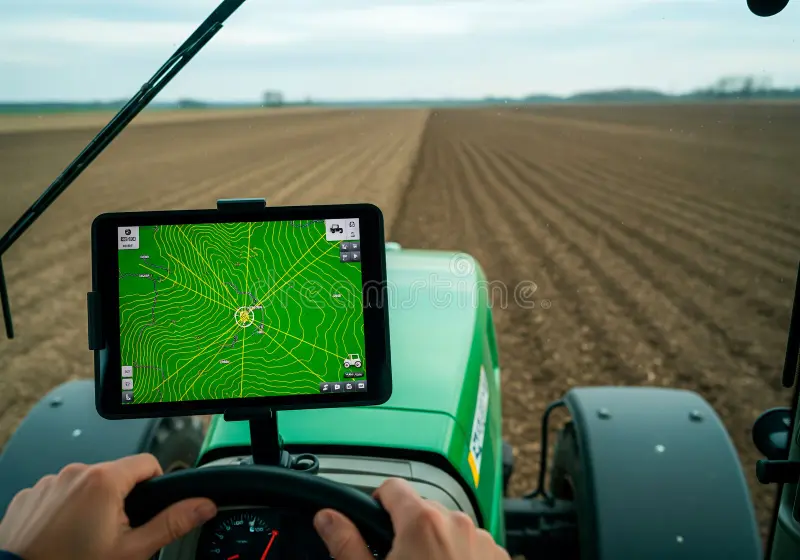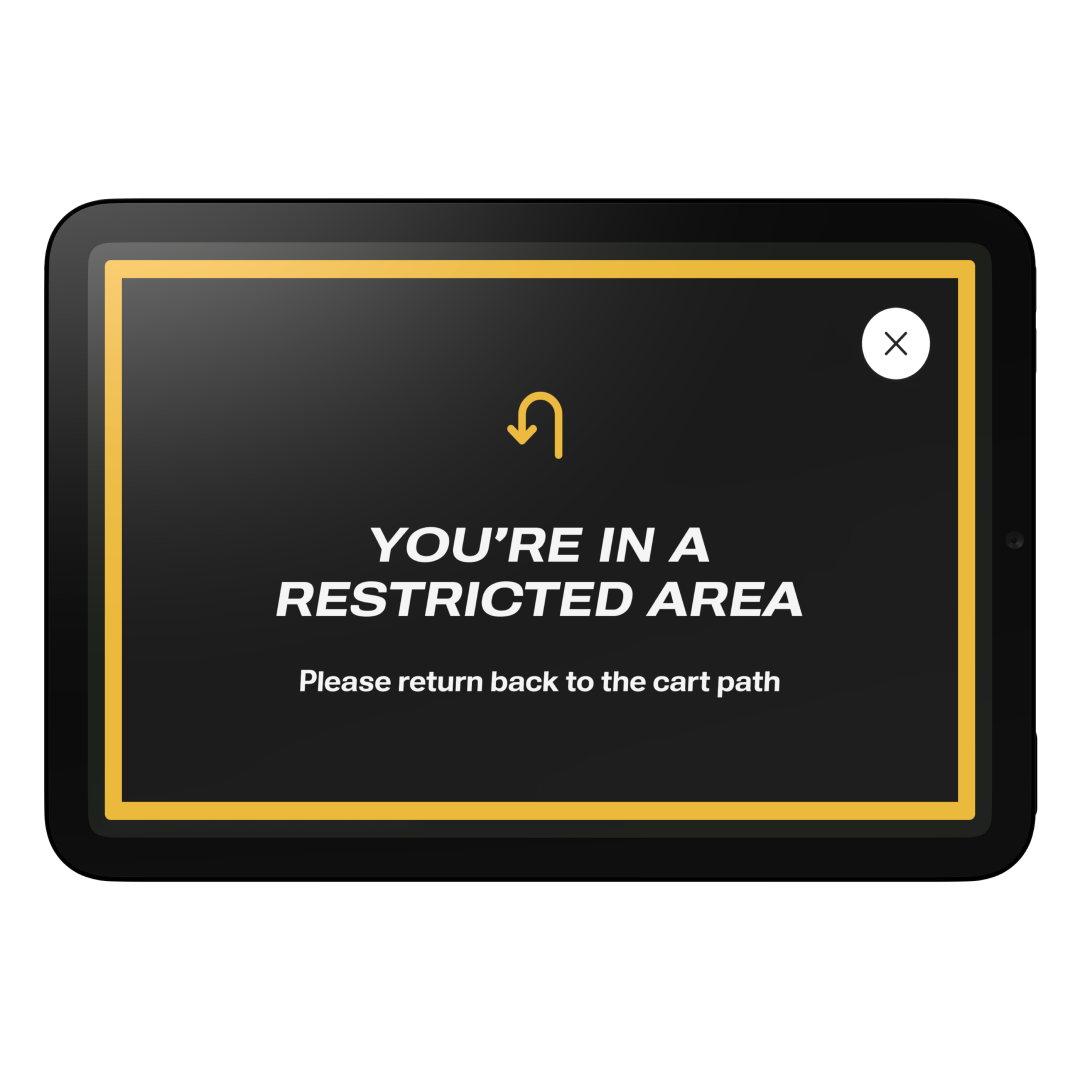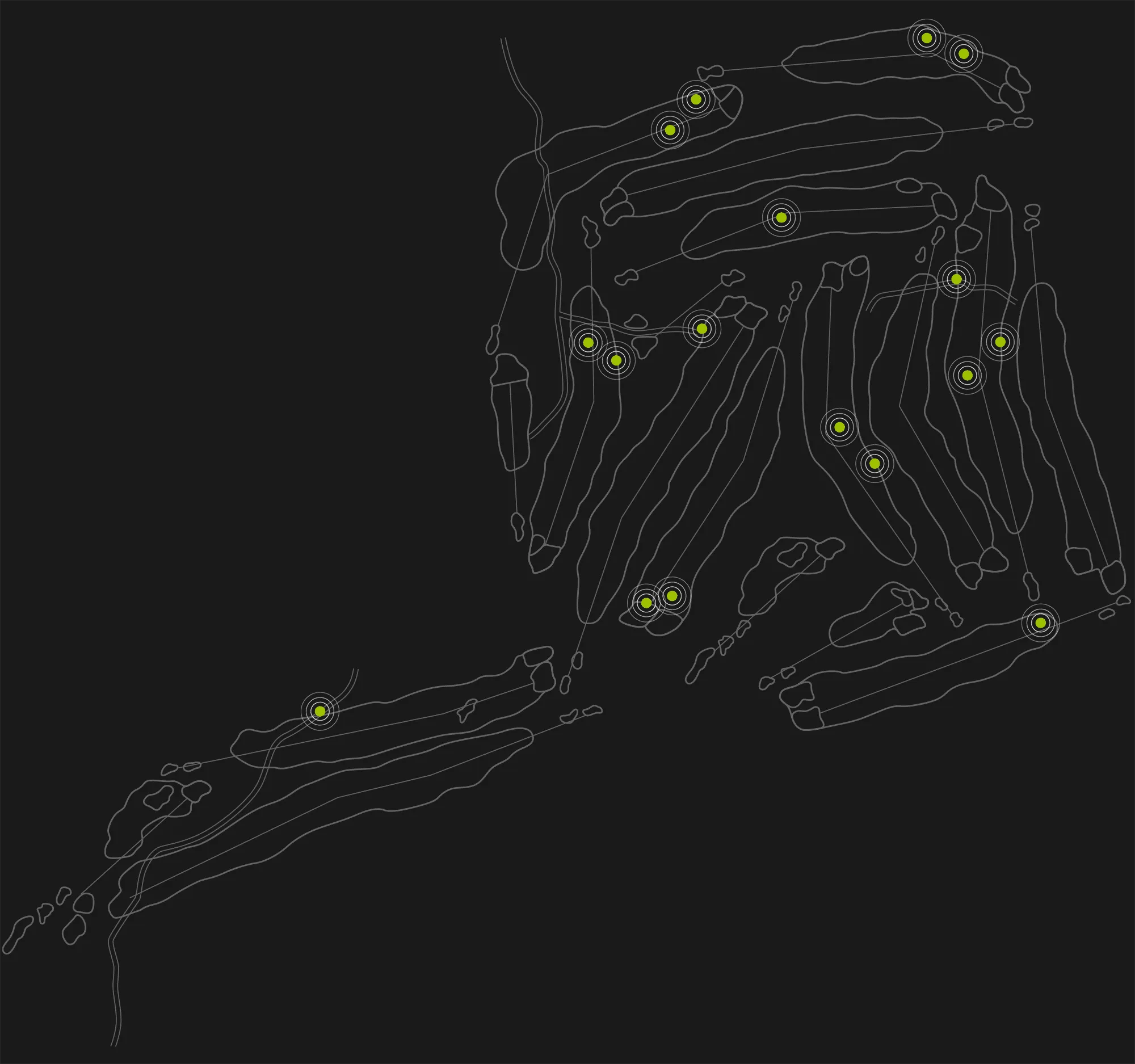Golf cart tracking, golf cart GPS, and geofencing solutions have become more of a necessity given the increase in golf rounds over the past few years and the associated turf compaction.
According to the National Golf Foundation, rounds played in 2021 have increased somewhere between 4-5%. This is on top of an increase of 14% year over year in 2020 rounds played and an unprecedented 3-year increase of 18-19% over the pre-pandemic average of 2017, 2018, and 2019.
Golf has been a beneficiary of habits and lifestyle changes resulting from the COVID-19 pandemic. Private Clubs are seeing their members more, and spending is up at these facilities. Public golf courses are packed and have increased peak-season weekend rates by an average of 11%. Golf course communities are seeing a spike in activity as people work more from home and dine off property less.
None of this is news to those golf course operators, owners, boards, golf committees, golf course communities, or homeowner associations. It’s the new normal (to use an overused statement).
The single biggest complaint I hear regularly, and more so than pre-pandemic, is how difficult it is to manage the huge increase in cart traffic. It’s clear that increased cart activity causes turf compaction, resulting in turf damage and increased cost to replace the turf. There are also safety concerns at golf course communities from speeding golf carts in heavy pedestrian walking areas. Golf cart tracking and golf cart GPS are helpful and cost-effective.
Managing a golf course is tricky, especially in the current growth environment. Margins are thin, and replacing damaged turf is expensive to replace.
Here are some tips for managing cart traffic with golf cart tracking and golf cart GPS while keeping expenses down, improving the player experience, and eliminating extra work for your team:
Tip 1: Install a beeper on your carts that keeps players out of restricted areas
Changing people’s behavior is not easy. Accountability increases the success of changing someone’s behavior by 70%! Installing a beeper that sounds when a cart is in an area that it shouldn’t be, creates this accountability. Why? Because most players will be embarrassed by others seeing them do something wrong, the annoying beeper sound alone will get them to leave the area immediately. Golf cart GPS units allow for a beeper to be connected.
Tip 2: Repurpose existing staff for ranger-type activities
According to ZipRecruiter, the average salary for a marshal/ranger is $33,765 annually here in the US. Having someone drive around the golf course is inefficient at best. Repurposing golf operations staff to address issues on the golf course is less expensive, but how can it be more efficient? Your team needs to know about the issues so they can address them. This is where technology can help and yield cost savings. See tips below.
Tip 3: Set up real-time notifications for on-course issues that go directly to your staff
Technology lets humans know about issues they wouldn’t know about otherwise. Find a system where your staff will be alerted to issues on the golf course in real time so staff can directly address players. Addressing the issue with tact is the more challenging part which humans are good at and not necessarily technology. Find a Golf Cart GPS that allows you to set up alerts so your team gets notified when carts go into areas they shouldn’t, are speeding in high pedestrian traffic areas, or a cart leaves the property unexpectedly, or enters the golf course on a hole other than the first hole. You may find some of these issues by driving around, but technology notifications will make your team much more efficient.
Tip 4: Use data when addressing players on issues
The feedback needs to be specific and not subjective to change someone's behavior truly. “Without continuously tracking and managing progress with data, it is highly unlikely that a [initiative], or any large-scale change initiative, can achieve its goals,” as outlined in Living Cities research titled “What does it take to use data to change behavior?”
Using data to support player interactions helps drive behavioral change. You still need to adjust your style to address different situations and types of people, but it is much more effective to tell a player that the cart entered these three specific areas it shouldn’t have and at these specific times. There is no arguing with the data, and players will know you are serious. They will also be more aware of what is expected of them.
Tip 5: Implement a 1-2-3 strike rule with fines if possible
Technology, data, golf cart GPS, and systems are tools. Governance models, rules, and restrictions based on data are very effective in changing behaviors. Most of our customers have implemented a 1-2-3 strike rule - some golf course communities have gone as far as to implement fines for residents that repeatedly violate the rules. This may be a bit heavy-handed for some properties, but it is worth considering. The golf cart GPS tracker data for violations is available in reporting, as part of the player profile, and as playback on the map. Implementing fines that are based on data is an excellent way to change people’s behavior.
Tip 6: Automate communication to players through text messages when possible
The pandemic has accelerated the efforts of many businesses to communicate with their customers through digital channels like text messaging. The “contactless” method has been used for a while in businesses looking for cost savings (think about digital airline check-in or hotel check-in and digital keys). More customers today look at digital self-service as just another option for working with a business. Businesses have found the appropriate mix of people and technology - this is especially important in hospitality businesses such as golf.
Most golfers have access to their mobile phones, and many use them during a round to capture data about their play. Automating text message alerts are another way to interact with players consistently and clearly about your expectations. They will know you are serious about creating an ideal experience for every player, which will go a long way toward customer satisfaction.
Tip 7: Make sure your golf cart GPS is using edge computing
Admittedly, this tip is technical, but allow me to explain. Most people who have spent time on a golf cart with a golf cart GPS tracker have heard it beep while on the cart path. This is a deficiency of most of the “old school” golf cart GPS systems that have been on the market for years. What happens is that the GPS chip on the golf cart GPS tracker receives a location. Then, the location is sent over a cell network to the application that lives in the cloud (on the internet somewhere). The application checks if the golf cart GPS tracker is in an area it shouldn’t be – let’s say off the cart path. If the cart is off the path, the application sends a command back down to the cart to sound the beeper. By this time, several seconds will have passed, and the golf cart will be in another location. The player hears a beep but could be in an area they are allowed. The technical term for this is latency – or a delay caused by data moving back and forth over the internet. This process could take seconds which makes a difference.
Edge computing reduces latency since everything happens right on the golf cart. This is a relatively new concept and one that we have used to enhance our geofencing system. The geofences are loaded onto the golf cart GPS unit on the golf cart. GPS locations are sampled in milliseconds (several times a second) and compared to the geofence locations. The beeper is sounded immediately when a violation is detected. This method is the most accurate and provides the best experience possible for players.
Related Posts

Precision GPS for Golf Carts: Lessons from Agriculture

Golf Cart Geofencing

Precision GPS for Golf Carts
Revolutionize Your Golf Operations with FAIRWAYiQ
Unlock the power of data analytics to optimize your golf course management

